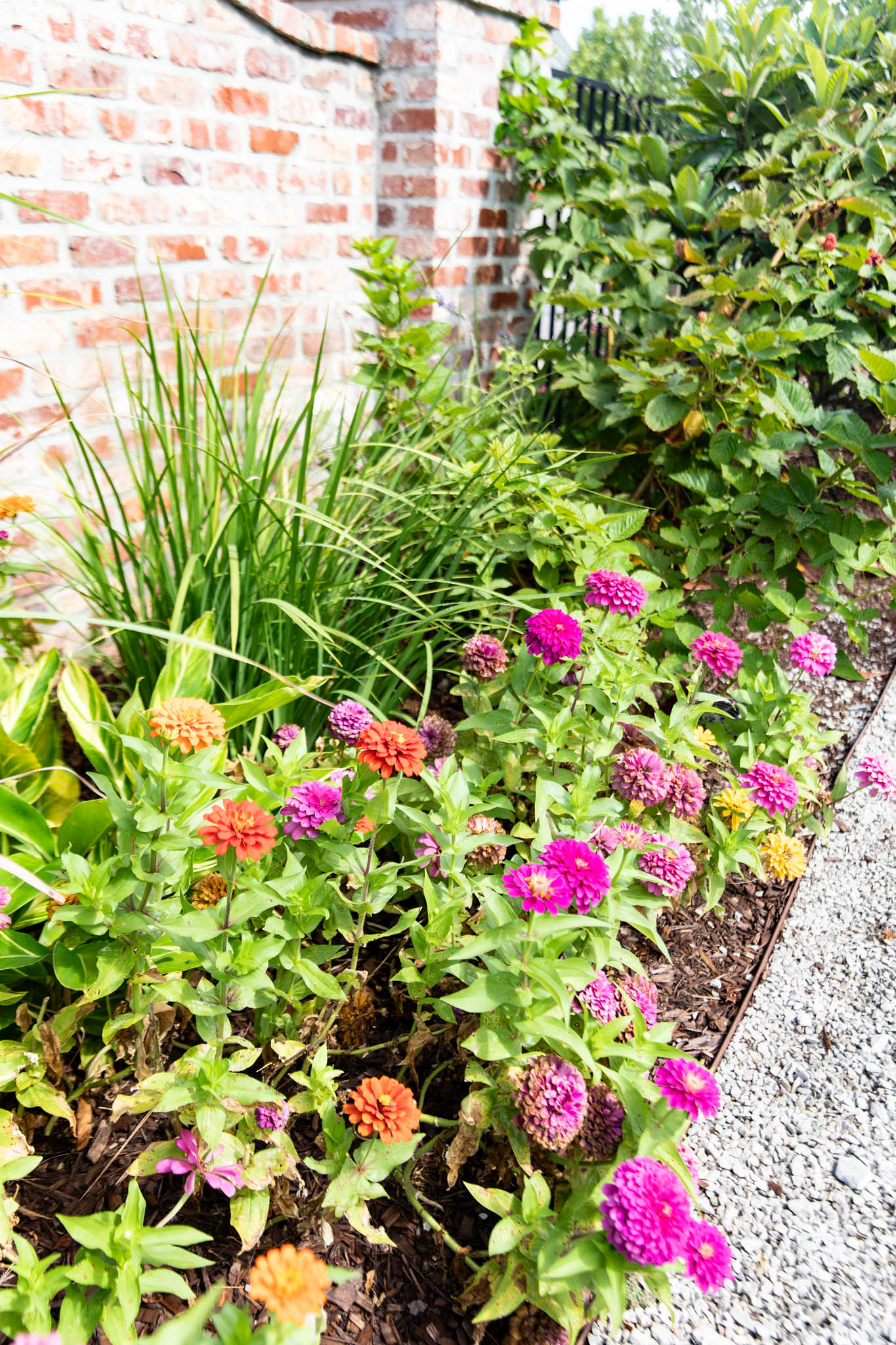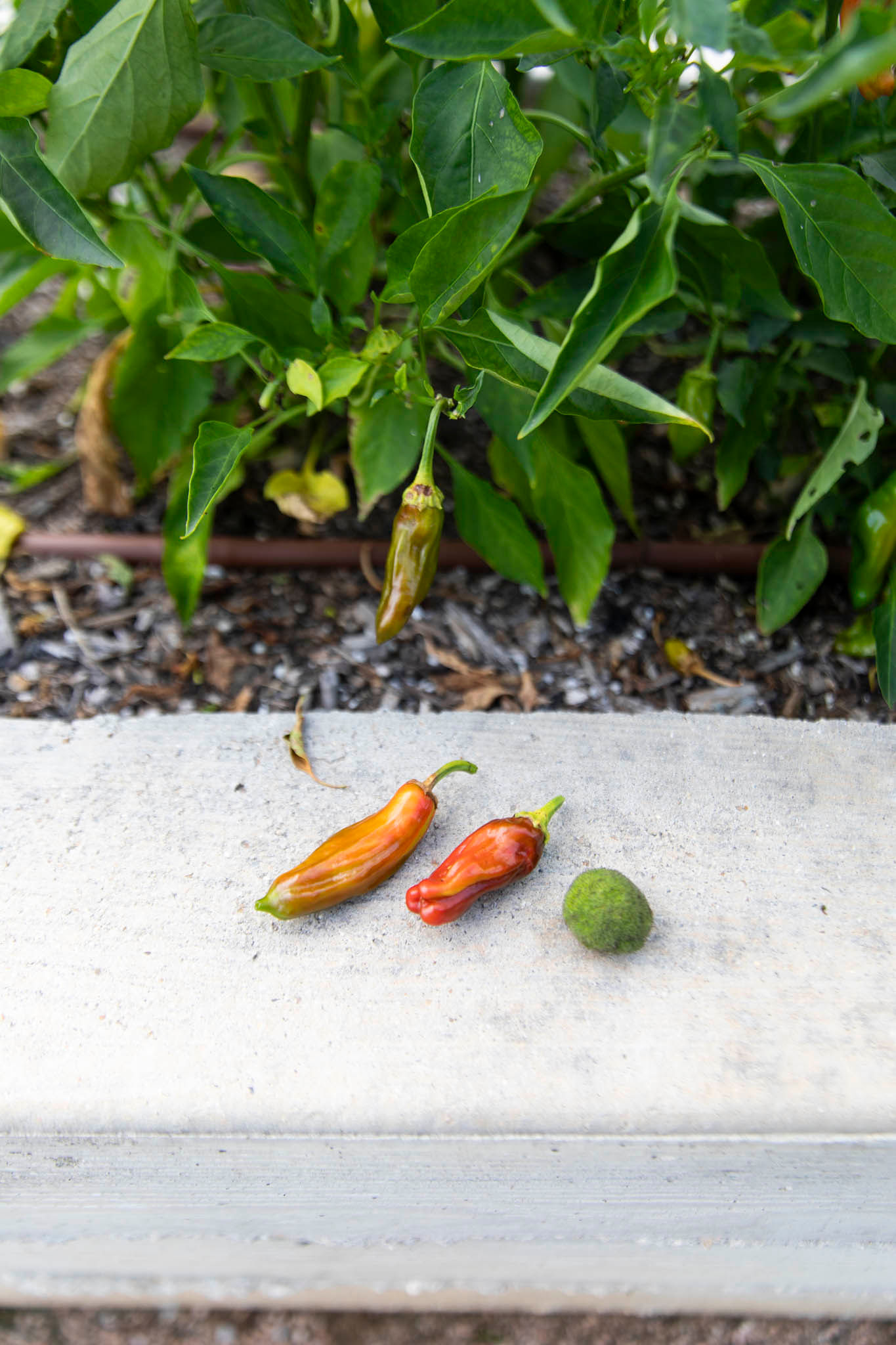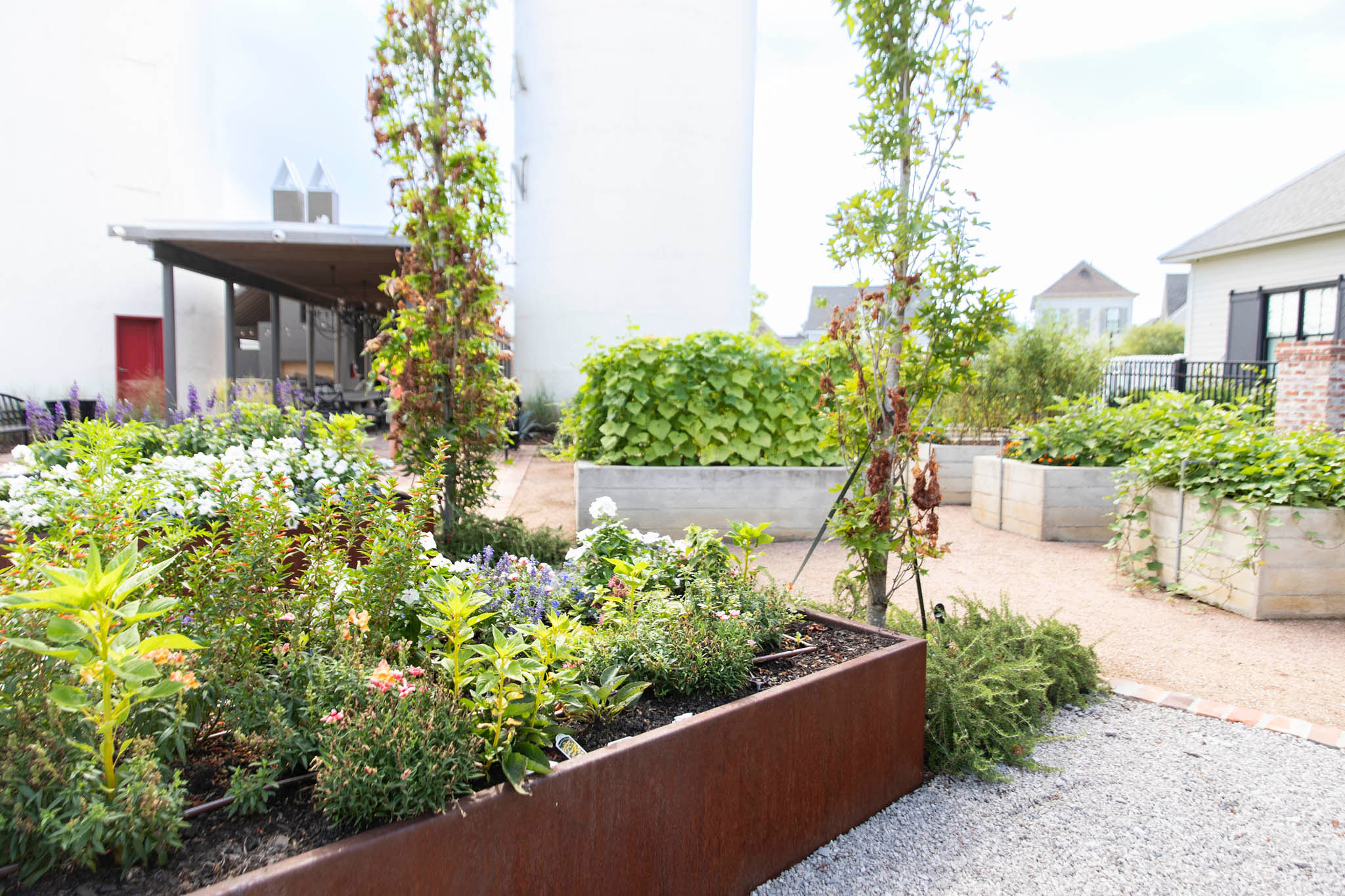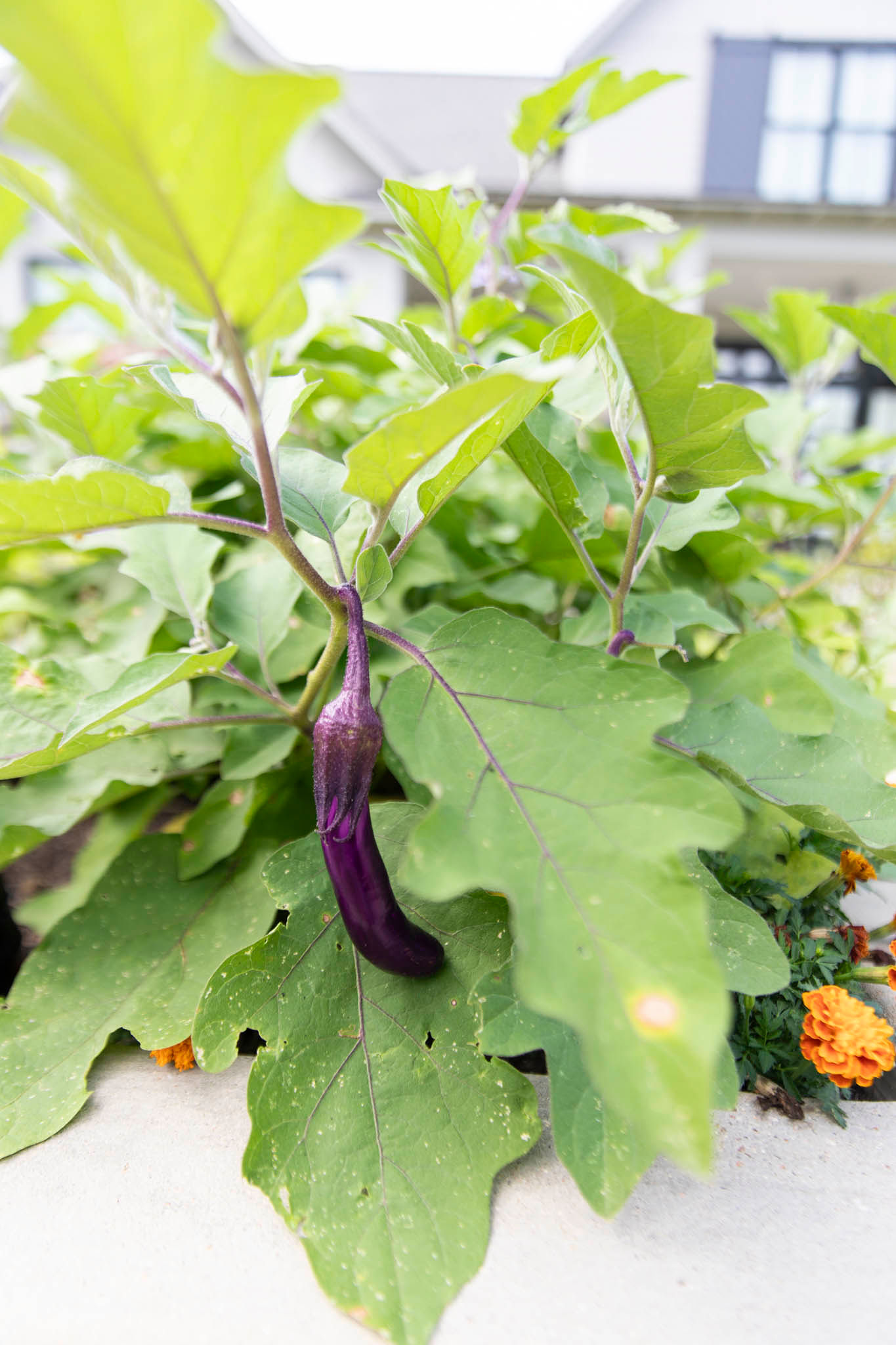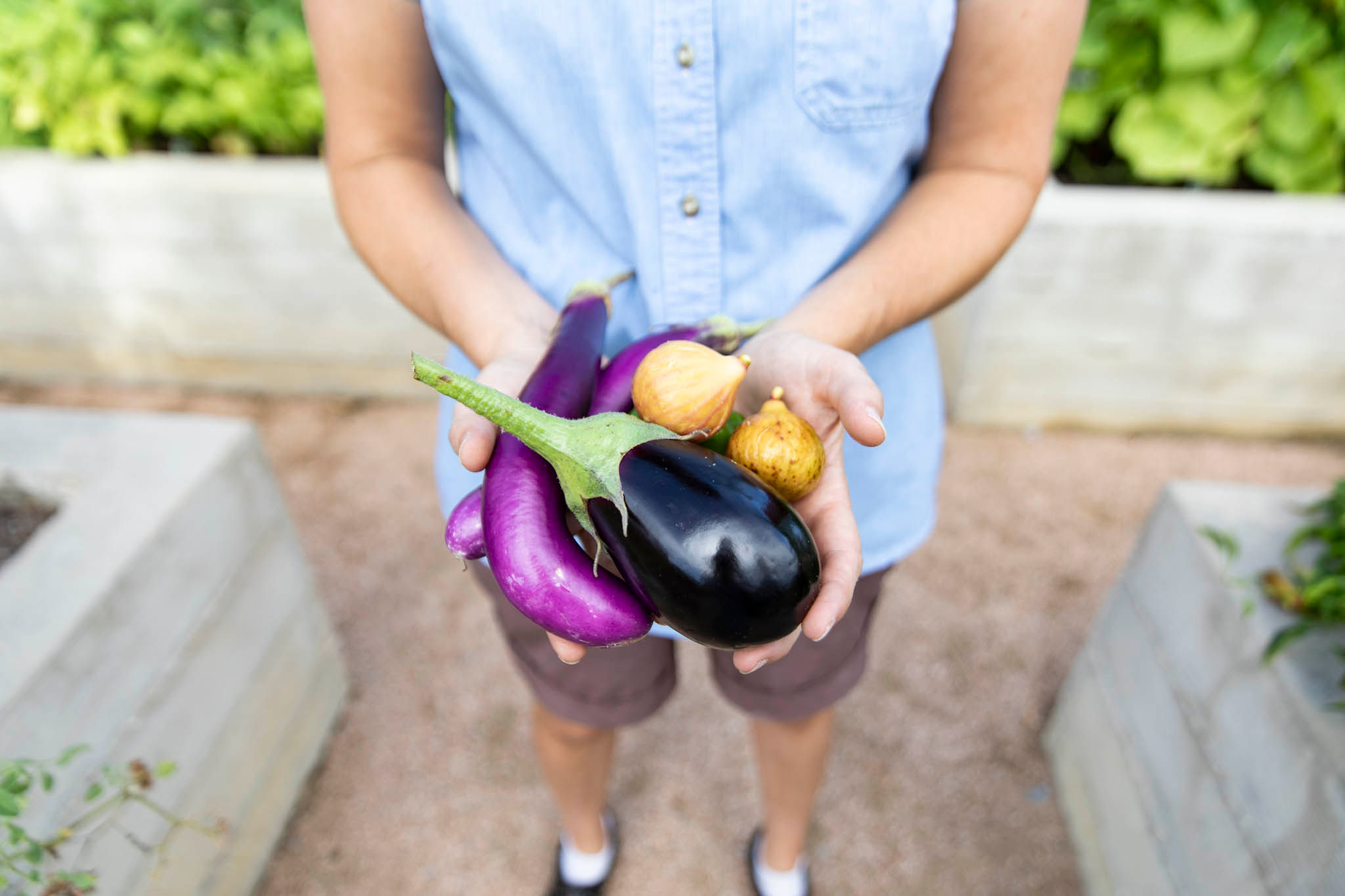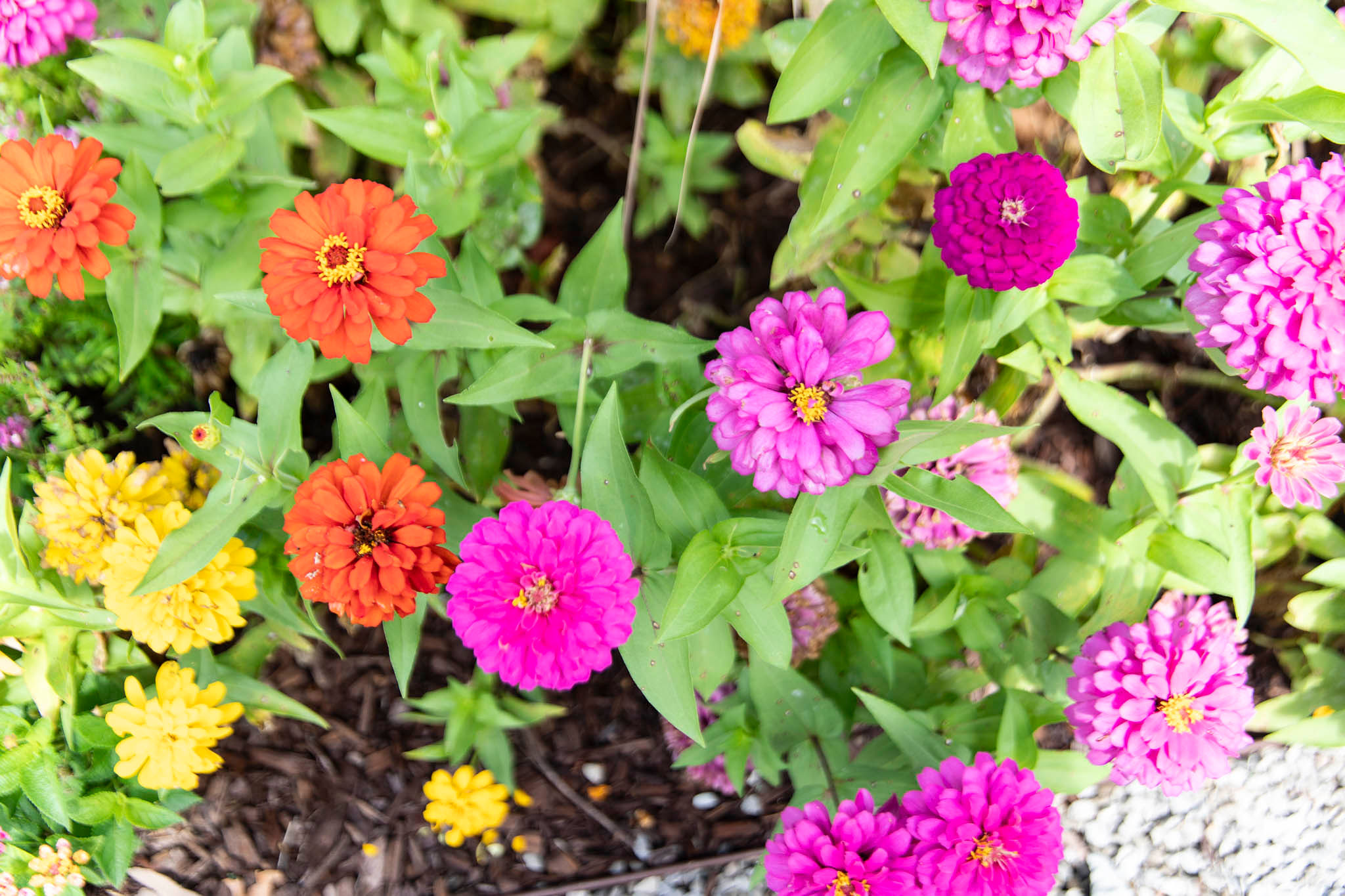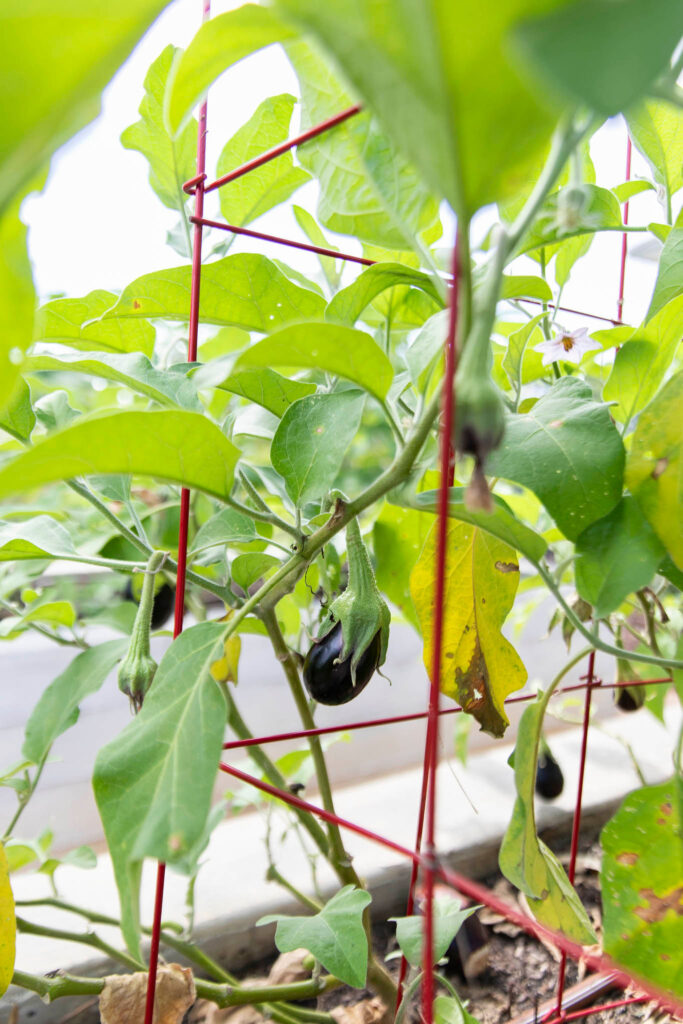Ask a serious local gardener about their favorite growing season, and they’re likely to say fall. Sure, summer yields showy, long-awaited crops like juicy tomatoes, plump blueberries and sweet corn, but here in the almost-tropics, summer growing also brings a bonanza of weeds, heat and pests. Fall gardens are less vulnerable to those impediments while turning out a lengthy, sustained season of popular produce. Oh, and in the early fall, you can also keep growing some of your fave summer herbs and veggies.
Now’s the time to start planning a fall garden, says grower Allison Guidroz, who co-founded Fullness Organic Farm with her husband, Grant. Guidroz is also a residential garden consultant and the garden manager at Rouzan’s Silo Farm neighborhood garden.
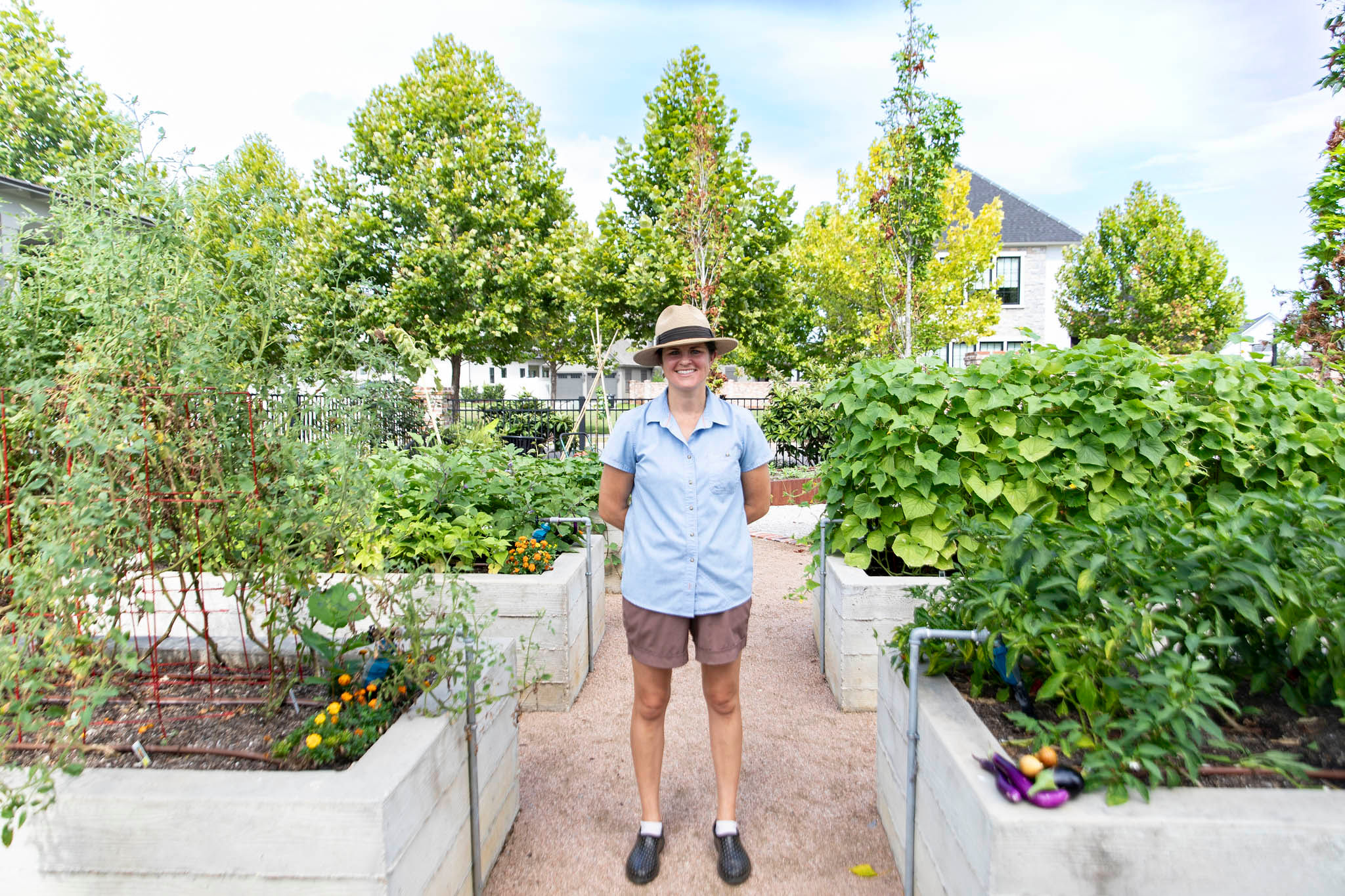
“The fall-winter garden is my favorite,” Guidroz says.
|
|
|
A common mistake novice backyard gardeners make is planting well after the growing season actually begins. Time your fall planting with the start of the school year, Guidroz explains.
“And then, really, for the next nine,10 months it’s just great, continuous growing,” she says, “which you can’t do in other parts of the country.”
Mid-August is a good time to start planting fall and second-round summer crops—provided you water adequately. But you can also take steps right now to get ready, Guidroz says. Here’s how.
 6 tips for fall gardening
6 tips for fall gardening
Cut back summer plants.
Now’s the time to remove expended summer plants. But contrary to popular belief, don’t just rip them out by the roots. Cut them back to the soil line, leaving the root systems intact and in the ground, Guidroz says.
“One thing that’s best for the soil is to cut the plants down low and let the roots just rot instead of pulling all that up,” she says. “A lot of good biology is right by the roots and all that gets worked back into soil.”
Gardens also don’t need to be tilled aggressively, Guidroz says. Under the soil’s surface is a veritable infrastructure of biological activity that’s best left undisturbed.
“Research is showing it’s better to do ‘low-till, no-till,’” Guidroz says. “There’s a whole ecosystem happening, and when you go in and mix it all up, you’re kind of mixing up the structure, sort of like interrupting all the little waterways and power lines.”
Invest in your soil.
Before you plant, test the soil, says Guidroz, a self-described soil nerd who earned a master’s degree in horticulture from LSU with an emphasis on soil biology.
“It takes nutrients to grow things,” she says. “And the quality of what you’re going to be eating is dependent on the soil.”
Many local nurseries sell soil testing kits that enable backyard gardeners to find out about their soil’s health, which can become depleted over time. Testing kits are sent to the LSU AgCenter, which sends results back to homeowners. Soil often needs to be amended with a boost of nutrients, Guidroz says. Those might include micronutrients and other fertilizers as well as compost, either from your own garden, from a farm like Fullness or purchased in bags from a local nursery.
Plant, and keep planting.
Around mid-August, pop in seedlings of collards, kale, broccoli, cabbage, cauliflower and other plants. In the case of root veggies like carrots, radishes and beets, plant seeds.
Different vegetables mature at different rates. For example, cauliflower takes about 120 days to harvest, while radishes mature in 30 days.
“So when you’re done with radishes, be ready to put something else in their place,” Guidroz says. “At the farm, we’re planting every week, and even though we’re trying to make sure we always have things available for our customers, you should totally plant all the time at home.”
It’s possible to plant heat-loving crops in a fall Louisiana garden, too.
“Something like basil and lots of other warm season stuff is great until the first frost,” Guidroz says.
Try flowers and herbs.
They’re not just for summer gardens.
“I love incorporating flowers and herbs in my fall vegetable gardens,” Guidroz says.
Good cool-weather choices include edible flowers like nasturtium, viola, snapdragons and dianthus, and herbs like cilantro, dill, parsley and fennel.
Drip irrigation is best for watering.
Plants prefer a slow source of water, so a drip irrigation system is ideal, Guidroz says. She installs them for her clients, or advises picking them up from big-box stores.
Intense, overhead watering isn’t great for plants’ leaves and it can also kick up dirt from the bed to the underside of leaves, which can introduce disease.
Don’t fear the frost.
Fall and winter crops do fine when temperatures drop and even fall to freezing, Guidroz says.
|
|
|
“They like it,” she says. “The flavor of things like broccoli and cauliflower gets better after a little frost.”
If the thermometer drops below freezing, you can also take precautions by covering them or by adding strings of Christmas lights.
Find Fullness Organic Farm at the Saturday Red Stick Farmers Market. The farm is currently taking its annual break from sales in order to transition from summer to fall crops, but will return in September or October. Find more information at fullnessfarm.com.






